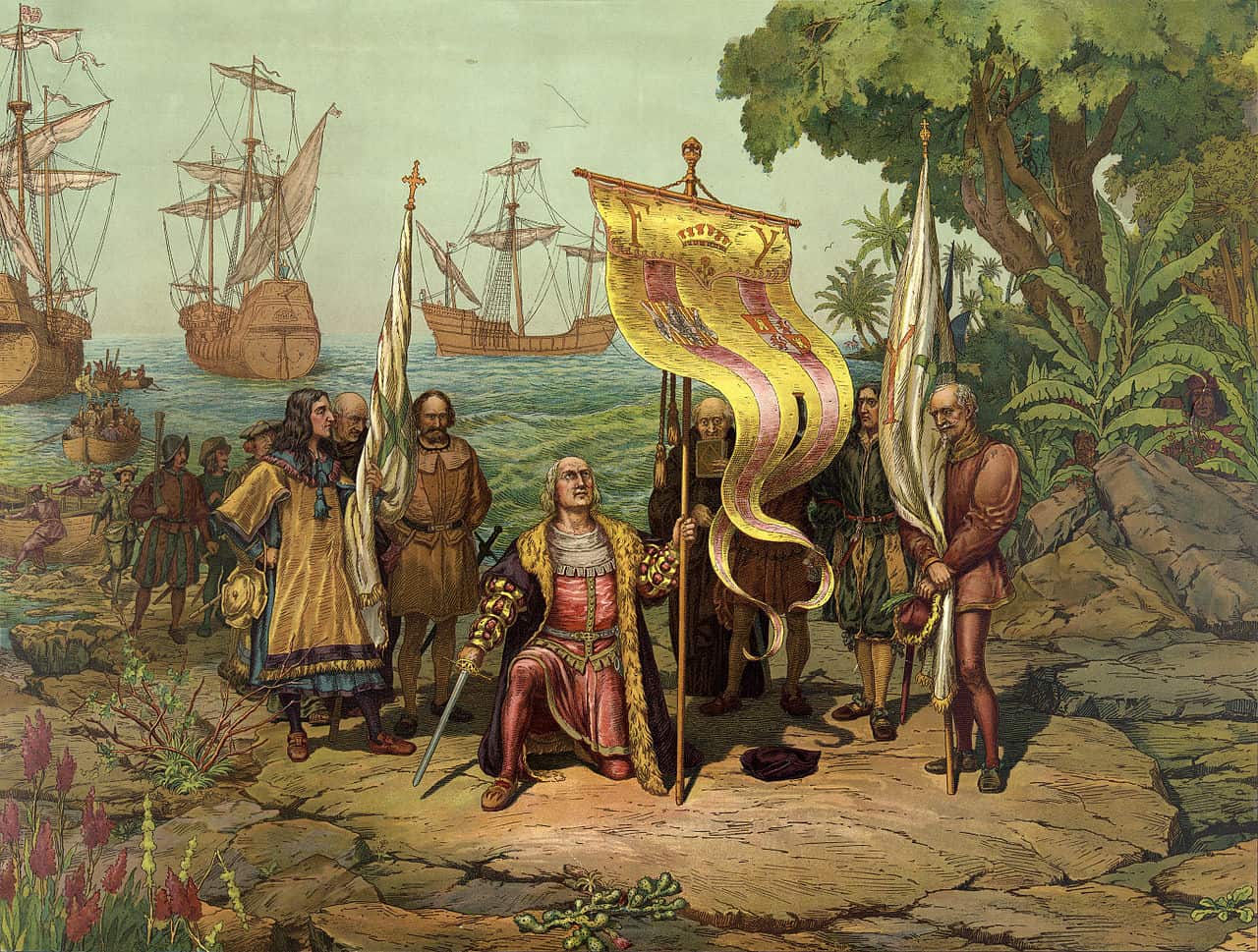A shipwreck off the coast of Haiti may be the remains of the Santa María, Christopher Columbus’ flagship from his first voyage to the Americas, researchers said. A press conference to unveil details of the discovery and why researchers think it may be a piece of history is planned for Wednesday in New York City.
The ship was found in the area where Columbus said the Santa María ran aground more than 500 years ago, said underwater explorer Barry Clifford.
Clifford believes the expedition he led to find the wreck may finally have unearthed sufficient proof to establish its authenticity — 11 years after he first investigated it.
“All the geographical, underwater topography and archaeological evidence strongly suggests that this wreck is Columbus’ famous flagship, the Santa María,” said Clifford, a maritime archaeological investigator who lives in Massachusetts, in the United States.
“I am confident that a full excavation of the wreck will yield the first-ever detailed marine archaeological evidence of Columbus’ discovery of America,” he said in a statement.
The story was first reported by the Independent, which quoted U.S. maritime archaeologist, Charles Beeker of Indiana University, as saying Clifford’s evidence was “very compelling.” Beeker went along on a recent expedition to Haiti and visually inspected the site of the underwater shipwreck.
It “warrants a detailed scientific investigation to obtain diagnostic artifacts,” and an excavation is needed to confirm, Beeker was quoted as saying.
“There is some very compelling evidence from the 2003 photographs of the site and from the recent reconnaissance dives that this wreck may well be the Santa María.”
Clifford, 68, is perhaps best known as the discoverer and excavator of the world’s first fully verified pirate shipwreck, the Whydah, in 1984. He and his team first investigated the wreck off Haiti in 2003 and brought up a cannon from the depths. Clifford told CNN that archaeologists “misdiagnosed” the cannon at the time.
He said that two years ago, having done his own research into cannons used in Columbus’ time, “I woke up in the middle of the night and said, ‘Oh my God,’ ” Clifford said.
So this year he returned to the wreck with a team of experts in tow and took careful measurements of the ship and a range of photographic evidence.
“This is the ship that changed the course of human history,” he told CNN. “It is the Mount Everest of shipwrecks for me.” Clifford is making plans to return to Haiti next month to meet with local officials and establish what steps to take.
He also told the Independent that any artifacts should go on display in Haiti. “I believe that, treated in this way, the wreck has the potential to play a major role in helping to further develop Haiti’s tourism industry in the future,” he said. Officials in Haiti said they hoped to work with Clifford’s team.
“The artifacts should be shown in Haiti. We should see how we can exploit this discovery to Haiti’s benefit,” said Fortune Dorleans, director of Haiti’s Ministry of Foreign Affairs.





